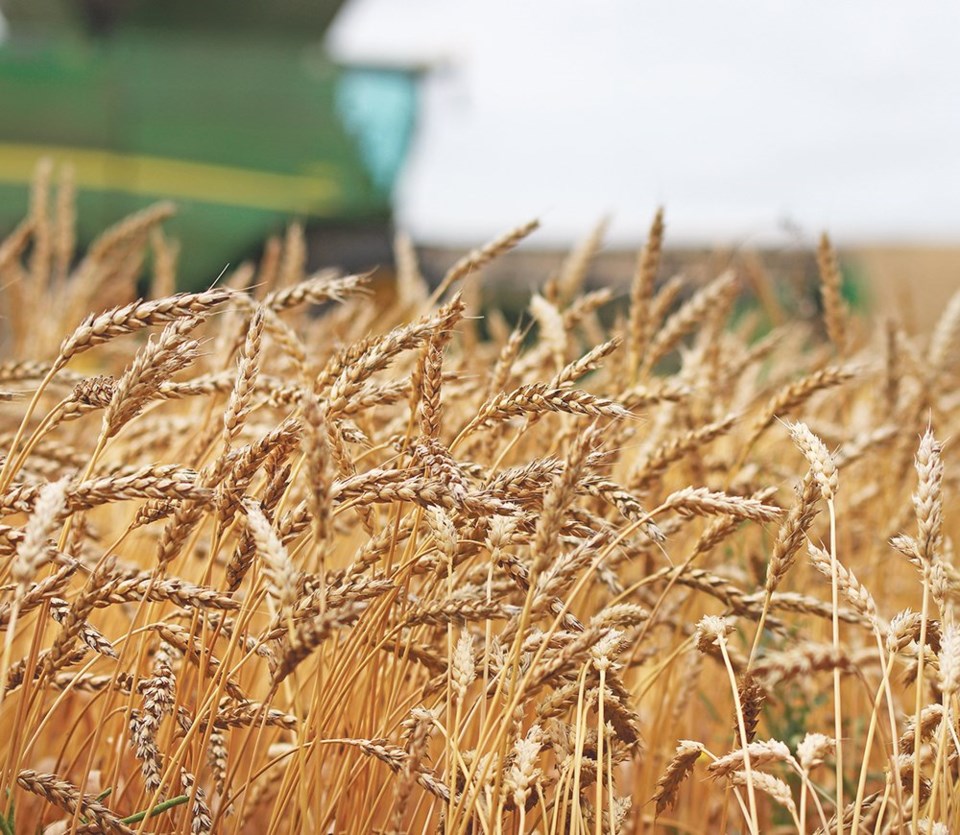That represents the largest year-over-year jump in prices since the commodity boom of the late 2000s, Statistics Canada said in a Dec. 6 report.
“The all-wheat index posted the largest increase… on higher durum and non-durum wheat prices. As a result, the grains index rose 51.0 percent in September 2021 compared with the same month a year earlier,” StatCan said in its Farm Product Price Index report, which compared prices in September to the previous September.
“(It) was the largest increase in the grains index since July 2008. Robust demand and tightening supplies in the western provinces strengthened both wheat and barley prices.”
The Farm Product Price Index (FPPI) measures the changes in prices that farmers receive for agriculture commodities, year over year. The base prices for the index are taken from 2007. The index from that year is assigned a value of 100.
From September 2020 to this September, the price index for all crops was 168.9, up 32 percent from 127.8 in 2020.
- Oilseed prices gained 39 percent, going from 130.7 to 182.4.
- Fruit, vegetables and potatoes had the smallest gains, increasing 9.7, 1.5 and 0.2 percent, respectively.
- The livestock and animal price index was up 13.1 percent, thanks largely to a 31 percent jump in hog prices.
- The price index for poultry increased 18 percent and eggs rose by 11 percent.
Overall, the FPPI increased by 24.4 percent. That’s a significant jump in 12 months. From November of 2016 to November 2020, the FPPI typically increased or decreased by two or three percent.
The dramatic increase was directly connected to the drought in Western Canada and a collapse in crop yields across the Prairies.
A separate StatCan report, released Dec. 3, said wheat production dropped from 35 million tonnes in 2020 to 21.6 million, a decline of 38.5 percent.
The average wheat yield in Saskatchewan was 26 bushels per acre. Alberta was nearly as poor, with wheat yields at 34.4 bu. per acre.
The shortfall of wheat in Western Canada is partly responsible for the sky high wheat futures in Minneapolis. In early December, the nearby futures contract was trading at US$10.22 per bu.
Corn and soybeans are the only bright spots in the StatCan crop production report. Strong yields in Ontario supported national corn production, which increased 3.1 percent over 2020.
Ontario farmers posted a record yield of 175.2 bu. per acre.
Similarly, national soybean production only dropped by 1.4 percent, despite below average yields of 27 bu. in Manitoba.
Ontario farmers picked up the slack, with soybean yields of 51.6 bu. per acre.




